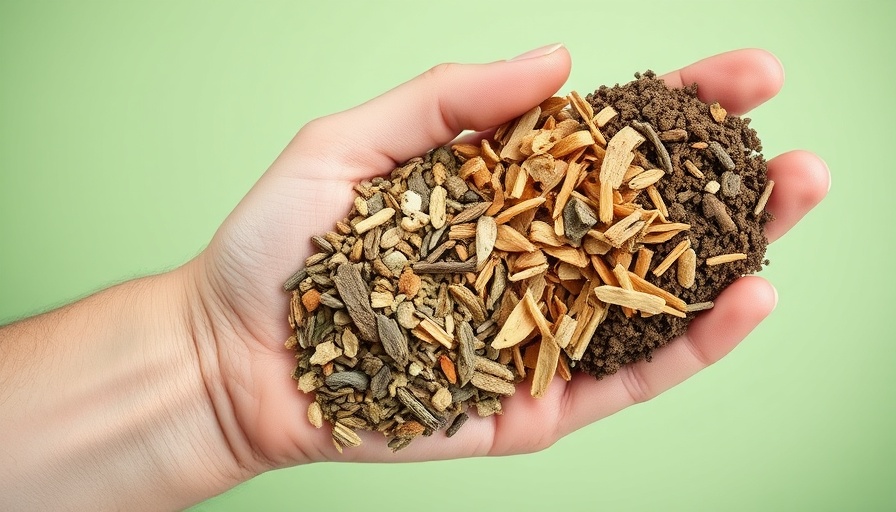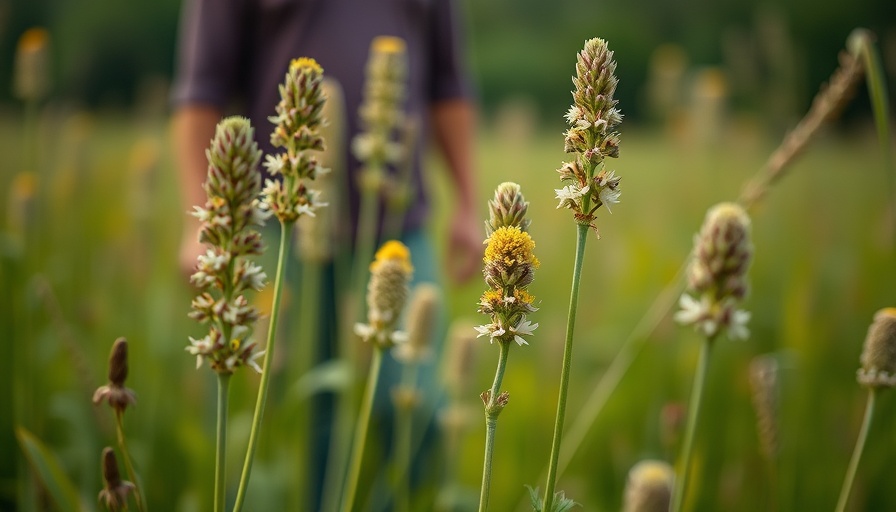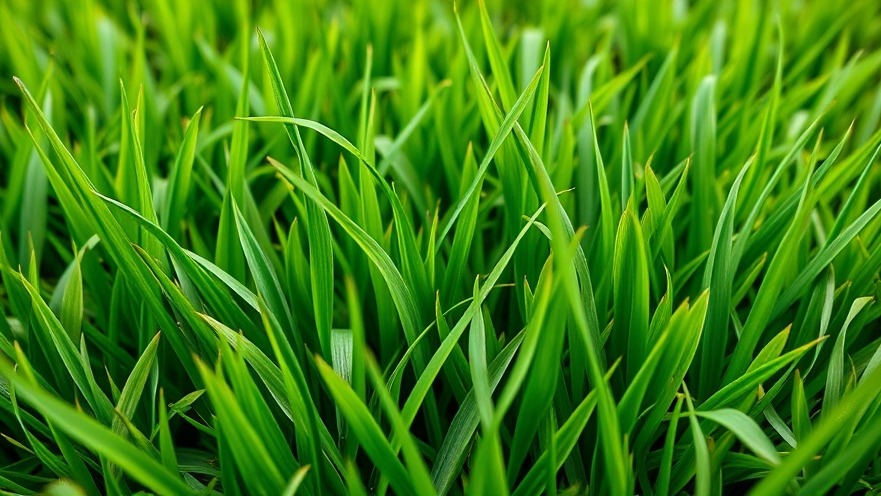
Spring Awaits: Time to Refresh Your Landscape with Mulch
As the days grow warmer and the sunlight brightens our yards, many homeowners in Omaha feel the calling to rejuvenate their outdoor spaces. Spring isn’t just a signal to tend to your garden; it’s the perfect time to apply a fresh layer of mulch. This simple yet effective task can transform your landscape while providing essential benefits to your plants and soil.
The Many Benefits of Mulch You May Not Know
While most homeowners recognize that mulch can suppress weeds and conserve soil moisture, its advantages stretch much further. Properly applied mulch can protect plants from harmful soil-borne diseases by preventing microbes from splashing onto plant leaves. Furthermore, organic mulches like hardwood, cypress, and cedar enhance soil temperature control, promoting healthier roots. For those utilizing raised bed gardening in Omaha, these benefits are even more pronounced since consistent moisture and nutrient retention is critical for plant growth.
Prepping Your Landscape Beds for Mulching
Before diving into mulching, a bit of groundwork will make a significant difference. Start by edging the borders of your landscape beds for a cleaner look. Ridding your space of any old growth from perennials and adding compost will significantly boost soil health — and good news, nature will till it for you over time with the help of earthworms! Moreover, applying a pre-emergent treatment can also keep bothersome weeds at bay.
Choosing the Right Mulch for Your Garden
The decision of what mulch to use greatly impacts the health of your garden. Organic options such as wood-based mulches not only add aesthetic appeal but also retain moisture without compacting. For those considering native plants in Nebraska, using local organic materials can also help sustain beneficial ecosystems. Avoid inorganic mulch options, which can hinder the natural growth processes required for thriving plants. For vegetable gardens, consider using straw, which provides a lightweight layer that still aids in moisture retention.
How to Apply Mulch Effectively
The application itself is straightforward: aim for a layer about two to three inches deep. Applying too much can prevent water and air from reaching your soil, potentially suffocating your plants. Additionally, be cautious to keep mulch an inch or two away from plant stems, ensuring adequate airflow and safety from pests.
The Perfect Time to Get Started
Spring is more than just a season; it’s a breath of fresh air for homeowners eager to give their landscapes a much-needed makeover. Equipped with our tips and a spirit for gardening, you’re ready to make your landscape the envy of your neighbors. As you step outside, take a moment to appreciate the beauty of your surroundings, and if you have questions or need guidance, local garden centers in Omaha are ready to assist.
Call to Action: Dive into your garden projects this spring and make the most of your outdoor space. Whether you’re using digital planting guides in Omaha or try out Wi-Fi-enabled compost monitors to enhance your gardening experience, there’s always a new way to enjoy the beauty of your landscape. Let’s get started today! Add Row
Add Row  Add
Add 




Write A Comment